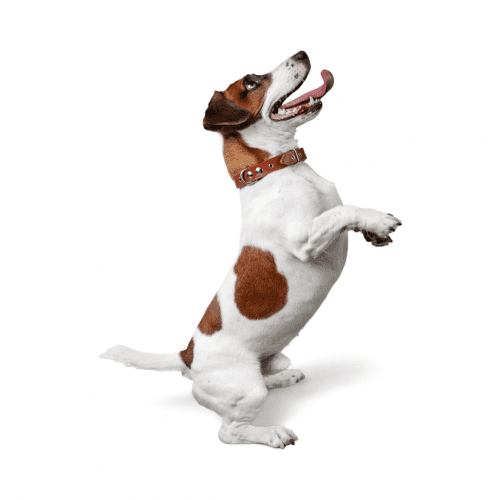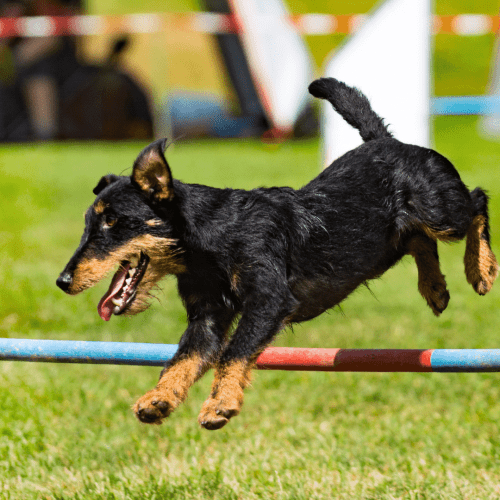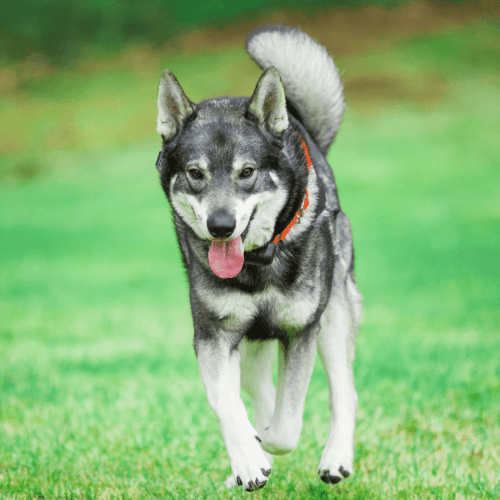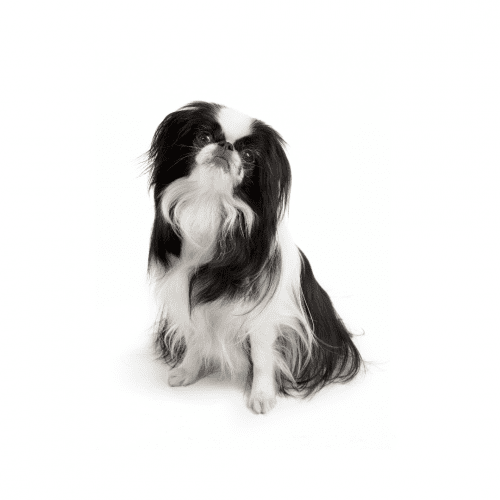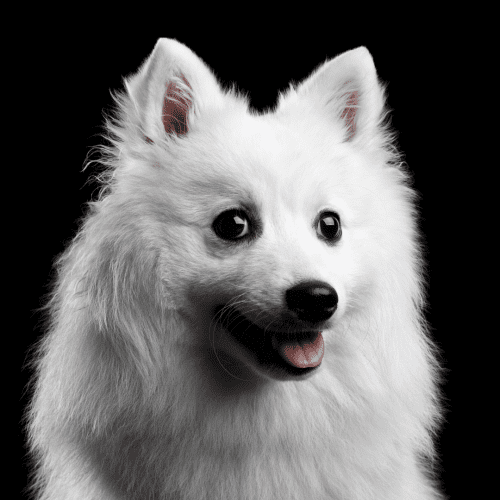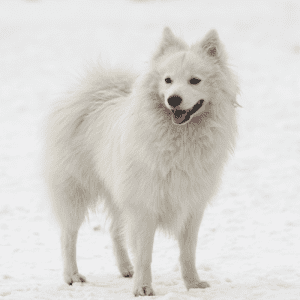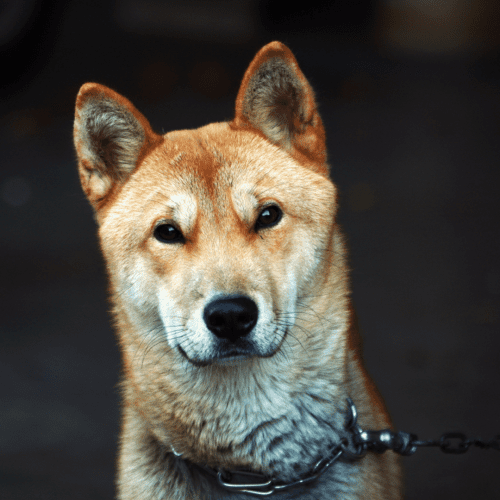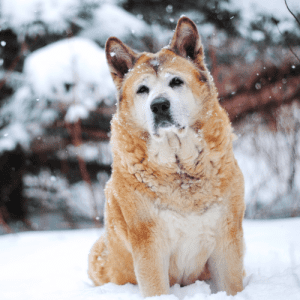Dog breeds starting with the letter “J”.
The Jack Russell Terrier Dog Breed

What Is The History Of The Jack Russell Terrier Breed?
The Jack Russell Terrier, a spirited and energetic dog breed, has its roots in 19th-century England, where it was developed by Reverend John Russell, known as Jack Russell. Reverend Russell aimed to create a small, agile, and versatile terrier breed for hunting foxes and other small game. The result was the Jack Russell Terrier, characterized by its tenacity, keen instincts, and remarkable agility. These dogs were prized for their ability to work alongside hounds, assisting in flushing out foxes from their dens. Over the years, the breed’s lively personality and boundless energy have made it a popular choice for families seeking an active and spirited companion.
What Does A Jack Russell Terrier Look Like?
The Jack Russell Terrier exhibits a compact and muscular appearance that reflects its working heritage. Their small yet sturdy body is built for agility and endurance, allowing them to navigate various terrains with ease. Their short coat comes in a variety of colors, including white with black, tan, or brown markings. Their expressive eyes convey intelligence and curiosity, while their ears stand erect, capturing every sound. The breed’s tail is often carried high and wags enthusiastically, reflecting their vibrant personality.
How Big Is An Adult Jack Russell Terrier?
Jack Russell Terriers are small-sized dogs, typically standing between 10 to 15 inches at the shoulder. Their weight generally ranges from 13 to 17 pounds. This size, combined with their high energy levels, makes them well-suited for various activities and living environments.
Are There Other Dog Breeds Related To The Jack Russell Terrier?
- Parson Russell Terrier: Sharing a common origin, Parson Russell Terriers have a similar history as working terriers and exhibit similar traits.
- Rat Terrier: Developed for hunting and farm work, Rat Terriers share some physical characteristics and energetic personalities.
- Border Terrier: Known for their working abilities and versatility, Border Terriers exhibit some traits similar to Jack Russell Terriers.
- Cairn Terrier: Both breeds share a terrier lineage and were bred for hunting, which gives them similar determination and tenacity.
- Norfolk Terrier: With their compact size and lively disposition, Norfolk Terriers have commonalities with Jack Russell Terriers.
- West Highland White Terrier: Known as Westies, these terriers share a similar size and were also bred for hunting purposes.
- Australian Terrier: Originally bred to control pests, Australian Terriers exhibit a spirited nature and terrier instincts.
- Lakeland Terrier: With their wiry coat and energetic personality, Lakeland Terriers share some traits with Jack Russell Terriers.
- Smooth Fox Terrier: Sharing a lineage with Jack Russell Terriers, Smooth Fox Terriers have a history as skilled hunters.
- American Hairless Terrier: Despite the lack of coat, these terriers are spirited and active, exhibiting traits similar to their coated counterparts.
What Is The Life Expectancy Of A Jack Russell Terrier?
Jack Russell Terriers generally have a lifespan of around 12 to 16 years. Providing them with proper care, including a balanced diet, regular exercise, and routine veterinary check-ups, can contribute to their overall well-being and longevity. Their history as skilled hunters and their lively nature reflect their enduring health and high spirits.
Can A Jack Russell Terrier Be Trained?
Yes, Jack Russell Terriers are intelligent and trainable, although their independent nature and high energy levels can pose some challenges. Early socialization and consistent training methods are essential to harness their intelligence and ensure they become well-mannered companions. Positive reinforcement techniques that engage their minds and provide outlets for their energy are particularly effective.
What Are Some Interesting Facts About A Jack Russell Terrier?
- Fox Hunting Origin: Jack Russell Terriers were bred specifically for fox hunting, showcasing their remarkable ability to work alongside hounds.
- Digging Instinct: Their natural digging instinct is a trait inherited from their hunting past, where they would unearth prey from dens.
- Energetic Personality: Jack Russell Terriers are known for their boundless energy and enthusiasm, requiring ample exercise and mental stimulation.
- Strong Prey Drive: Their hunting instincts are evident in their strong prey drive, making them excellent companions for active families.
- Versatile Abilities: While primarily hunters, they excel in various dog sports and activities that challenge their agility and intelligence.
- Compact Size: Their small size allows them to fit comfortably in various living environments, from apartments to suburban homes.
- Alert Watchdogs: With their keen senses, Jack Russell Terriers are vigilant watchdogs, often barking to alert their families of potential threats.
- Friendly Demeanor: They are known for their friendly and affectionate nature, forming strong bonds with their human families.
- Intelligent Problem-Solvers: Their intelligence and problem-solving skills make them adept at finding creative solutions to challenges.
- Fearless Attitude: Jack Russell Terriers possess a fearless and adventurous spirit, never shying away from new experiences and activities.
How Does A Jack Russell Terrier Interact With People?
Jack Russell Terriers are known for their affectionate interactions with people, forming strong bonds with their families. Their lively personality and playful demeanor make them engaging companions, particularly for active individuals and families with older children. They enjoy interactive play, mental challenges, and outdoor activities, thriving when they can expend their energy in positive and engaging ways. Their interactions are marked by their intelligence, loyalty, and their unique ability to bring energy and excitement to the lives of those they love.

